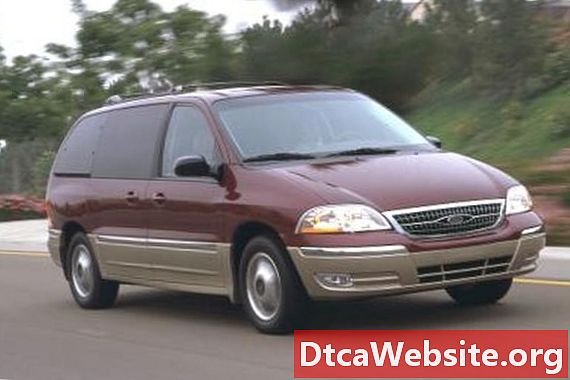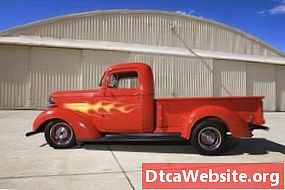
Contenu

Converting a motorcycle to electric power isnt a project for beginners; it takes a strong background in fabrication, a more-than-basic understanding of electronics and a willingness to look at the big picture. Electric vehicle technology has come a long way since it debuted over a century ago, but youre still going to face the traditional challenges regarding performance, weight, cost and range. Still, theres no reason to settle for poor performance and range. No one article is going to tell you everything you need to know, but having a direction in mind is the first step toward a build you can be proud of.
Step 1
Disassemble the bike and get rid of everything -- everything -- that you dont absolutely need. The best starting point is an old Harley or any other bike that uses a non-unitized (bolt-on) transmission. While some might tell you that EVs dont need transmissions, theyre wrong for two reasons. First, do you want to accelerate your bike with 50 foot-pounds of torque, or 200 foot-pounds? Secondly, electric motors have an efficiency curve, just like gas motors have a power curve; keeping the electric motor in its efficiency band is key to ensuring acceptable range and motor longevity. In addition, the transmission will allow you to run a smaller and higher-revving electric motor instead of a huge, heavy motor that provides enough low-rpm torque to move the bike in direct drive.
Step 2
Acquire a brushless electric motor and controller with at least 10,000 watts (ten kilowatts) of power. One horsepower equals 750 watts, and 13 horsepower will give you a hypothetical 74 mph top speed on a 400-pound bike with a 200-pound rider (assuming 88 percent motor efficiency). Youll need to look outside the box to find a compact, powerful and lightweight motor. You might want to look into the electric model aircraft industry for a motor and controller. For instance, the ICare Predator 30x10 Menz S weighs a paltry 3.5 pounds, measures four inches in diameter and three inches in width, and runs at 48 volts and 211 amps. That comes out to 10,128 watts at 6,035 rpm -- perfect for this application and the bikes stock gearing.
Step 3
Fabricate a bellhousing to adapt the electric motor to your transmission input shaft and housing. If youre using a compact motor like the one recommended above, then the entire transmission/motor assembly should end little to no wider than the original engine/transmission assembly. It should also come in significantly lighter, probably by at least 40 pounds. This is a very important consideration when you consider the battery mass that youll be adding next.
Step 4
Fill the entire middle section of the bike with batteries. You dont necessarily have to turn the whole bike into a rolling battery pack, but it cant hurt. What kind of batteries you opt for depend on your budget. Lithium-polymer batteries will give you tremendous range with relatively low weight, but youll need to take out a second mortgage to afford enough of them to drive your bike. Deep-cycle, lead-acid batteries are far cheaper, but theyre also astonishingly heavy. Battery weight is important because it causes a diminishing return in range; at some point, youll end up expending more energy to move the batteries than to move yourself and the bike.
Re-asses your battery-mass ratio and determine whether or not you want to remove some of them and install a small gas generator to turn your bike into a series hybrid. A 50-cc, two-stroke motor with electric starter will produce about 1.5 horsepower and will effectively extend your cruising range by around 40 to 50 percent, at the minimum. You can use a voltage trigger to start the generator and recharge the batteries even while parked, and a 1.5-horsepower generator should provide enough power for you to limp along at around 25 mph even on a dead battery. An electric-start, 1.5-horsepower two-stroke, alternator and fuel tank will come in at under 40 pounds -- about the same as a 50 amp-hour battery.
Tips
- For a lead-acid battery, one amp-hour of storage will come in at about 0.80 pounds. So, if you need 300 amp-hours worth of storage, plan on about 240 pounds in deep-cycle lead-acid batteries. Lithium-polymer batteries weigh about half of what lead-acid batteries do, but will cost you at least four times as much.
- To give you some idea regarding amp-hour requirements: A 400-pound bike (including the weight of a 115-aH lead-acid battery pack) and 200 pound rider will require a minimum 5,500 watts to maintain 60 mph. With a 48-volt motor and battery pack, the bike will use about 115 aH. So, a 115-aH lead acid battery pack will get you 60 miles (and will weigh about 90 pounds), a 230-aH pack will get you 115 miles (and weigh about 180 pounds) and a 400-aH pack will get you about 195 miles and weigh around 290 pounds.


